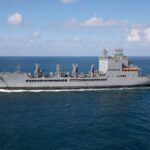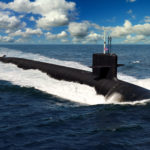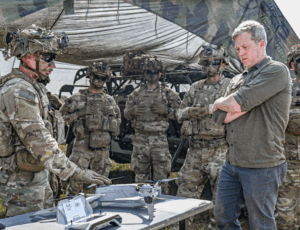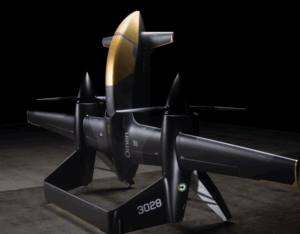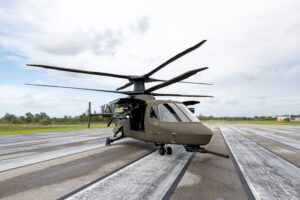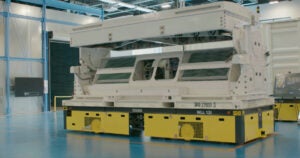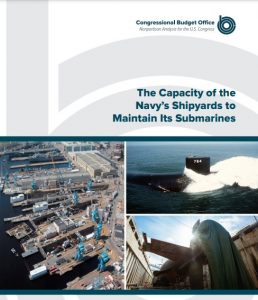
A new Congressional Budget Office (CBO) report released finds the Navy’s four public shipyards have experienced “significant delays” in finishing submarine maintenance, affecting operational readiness. Moreover, the report projects the yards’ workload will continue to exceed capacity in the coming decades. The March 25 CBO report, the Capacity of the Navy’s Shipyards to Maintain Its Submarines, noted that the Navy has 70 submarines that represent almost one quarter of the total fleet. Navy policy dictates most maintenance on them, as…

 By
By 